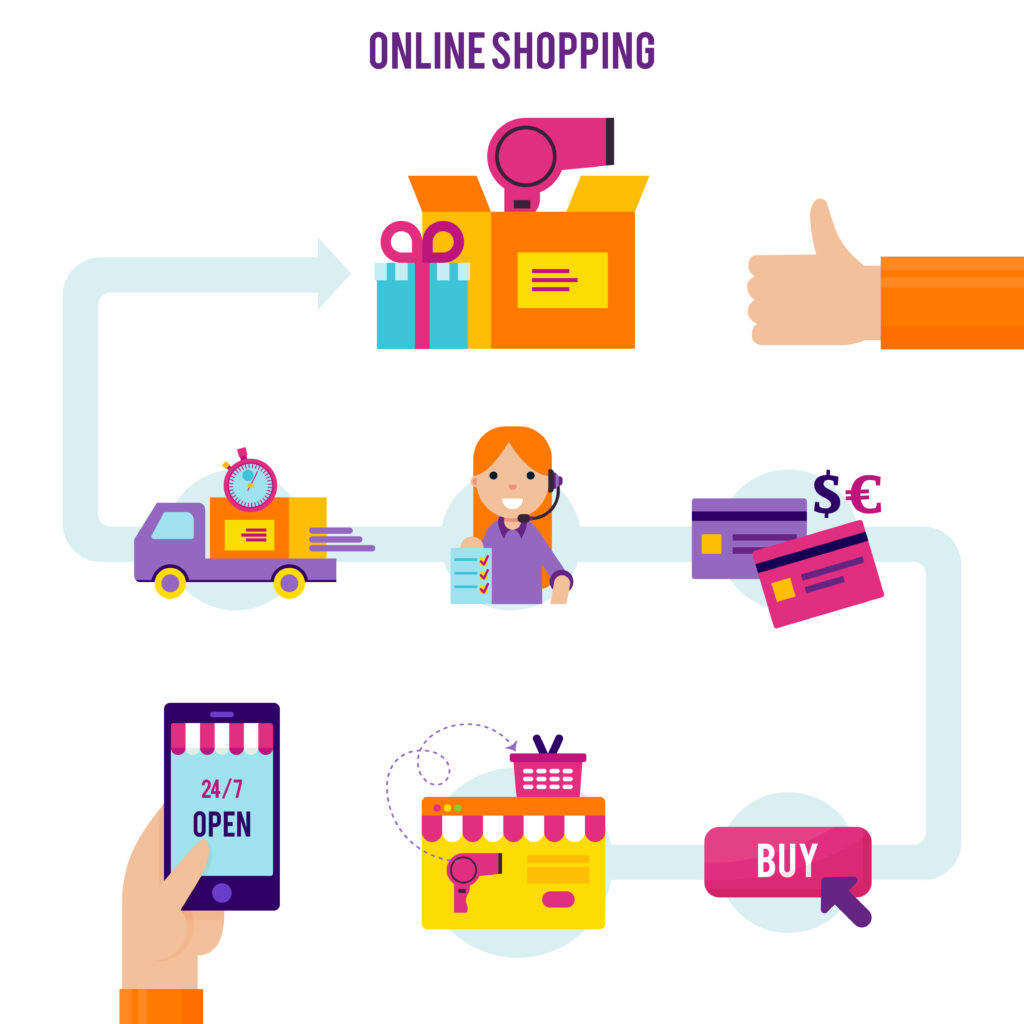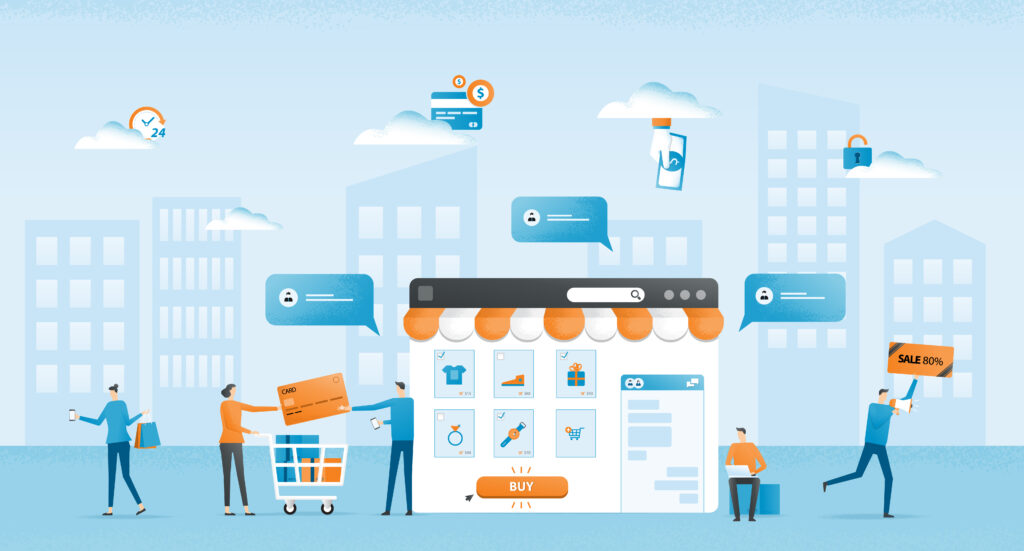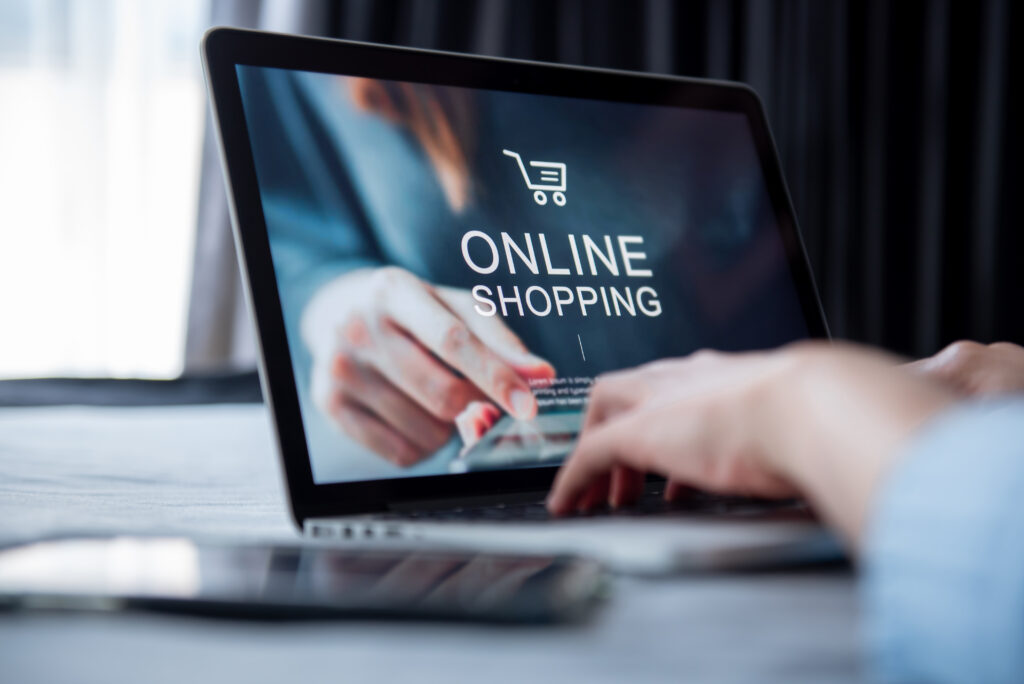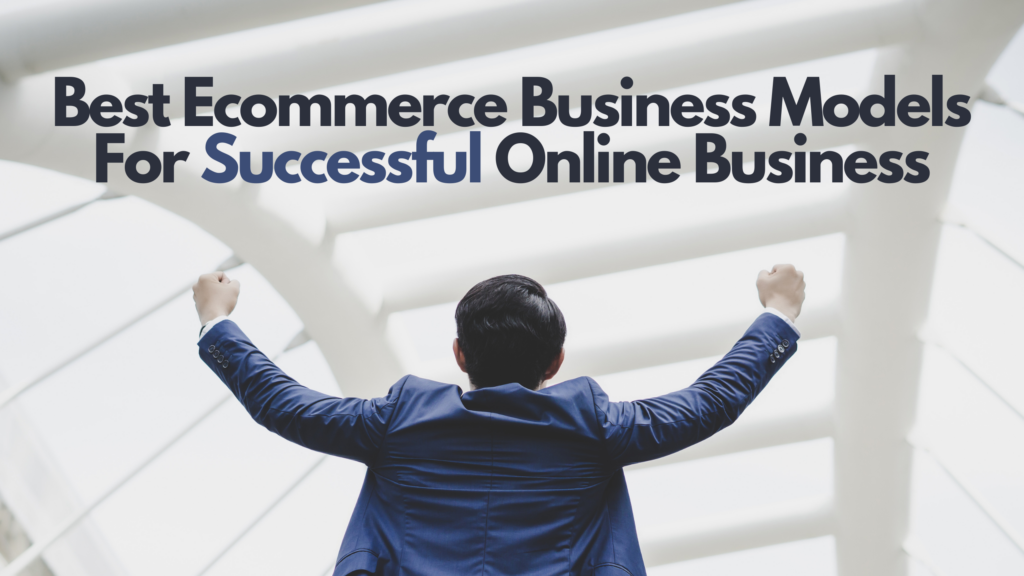
Types of ecommerce businesses and its Advantages in 2022

The exponential rise of ecommerce businesses in recent years is undeniable. E-commerce enables local vendors to expand their reach across the worldwide market sector without needing to make additional investments by bridging the gap between them and worldwide consumers. Consumers are given a good range of purchasing possibilities.
It makes it possible to try to to business continuously.The various sorts of ecommerce platforms include the following:
- Business-to-Business (B2B)
- Business-to-Consumer (B2C)
- Consumer-to-Consumer (C2C)
- Consumer-to-Business (C2B)
- Business-to-Administration (B2A)
- Consumer-to-Administration (C2A)
Business-to-Business (B2B):

Trade between two or more businesses/companies is conducted during a B2B type of business. The standard wholesalers and manufacturers who work with retailers make up the channels of such trade.
Business-to-Consumer (B2C):
The business-to-consumer business model focuses on the retail elements of e-commerce, i.e., the sale of products or the services to the final customer via digital channels. The feature, which has swept the company world, allows customers to thoroughly review their potential purchases before placing an order. Following the placing of such orders, the business/agent receiving the order will deliver the products to the customer in a timely manner. Well-known players like Amazon, Flipkart, and other companies operate during this market.
When against the conventional approach, this mode of shopping has proven to be advantageous to the customers because they have access to helpful information that can properly inform their purchases.
Consumer-to-Consumer (C2C):
A customer will utilize this business model to plug used products and/or services to other consumers online. The transactions during this case are carried out through a platform offered by a third party, like OLX, Quikr, etc.
Consumer-to-Business (C2B):

A B2C model is strictly the opposite of a C2B model. The C2B model gives end users the prospect to sell their goods and services to businesses, whereas the latter is handled by a business for the buyer . The technique is widely utilized in crowdsourcing-based initiatives, the kinds of which frequently involve logo creation, the selling of royalty-free images, media, and style elements, then forth.
Note that the phrase “crowdsourcing” refers to a sourcing mechanism that permits people or organizations to receive goods or services from internet users.
Business-to-Administration (B2A):
This idea enables information sharing via centralized websites, enabling enterprises and the government to conduct business online. This website allows businesses to submit bids for government opportunities such as auctions, tenders, application submissions, etc. The scope of this model has grown as a result of the investments made in e-government.
Consumer-to-Administration (C2A):
The C2A platform is designed for users, who can use it to contact government administration or authorities with inquiries or feedback about public sectors. It is frequently employed in the following situations:
- The exchange of information.
- Distance learning.
- Payment of any applicable penalty.
- Filing tax returns.
Advantages of E-commerce :

E-commerce benefits for consumers:
The benefits that e-commerce offers to clients are numerous. In most cases, you won’t miss out on a product because the shop is out of stock because you can view all of the available options at once.
Shopping Online:
You won’t have to spend your weekends or evenings driving to several stores to conduct errands if you purchase online. From the comfort of your couch, you can purchase goods from any location in the nation and occasionally from abroad.
Anytime shopping:
You can still shop online day or night if you have a flexible schedule or are just very busy. Even though most establishments close at night, a website can be accessible 24/7.
Product Specifications:
If you’re buying something online, you can read user reviews, look at comparable items on other websites to see if there are less expensive options, read the product description, and look at any warranty information.
E-commerce Benefits for Businesses:
Online shopping offers customers a variety of advantages, but it also offers businesses access to client data and fewer operating expenses.
Decreased business costs:
A company that conducts business online is exempt from paying rent or expenses associated with keeping a physical shop attractive to clients. A solo owner might be able to handle orders on their own and might postpone hiring staff until after their company has achieved some level of success.
More clients in the pipeline:
Small firms, whose geographic reach would otherwise be constrained, benefit the most from this. Rankings on search engines can also help firms compete better by putting them in front of potential clients.
User Information:
E-commerce benefits companies by enabling them to gather customer information. Businesses can sell their products more effectively by using consumer purchasing patterns, demographics, and preferences. They can lessen the chance of overstocking or understocking a product by using e-commerce data to forecast when demand for a product will be higher or lower. Additionally, businesses could be able to leverage this data to simplify customers’ buying experiences.
We come to the conclusion that the exponential rise of e-commerce trends in recent years is undeniable after examining all the benefits and drawbacks of e-commerce to a firm. Set up your store in minutes and bring your brand to life for just 14Rs / day with Singlebag. Sign up and start selling your products now.






Responses